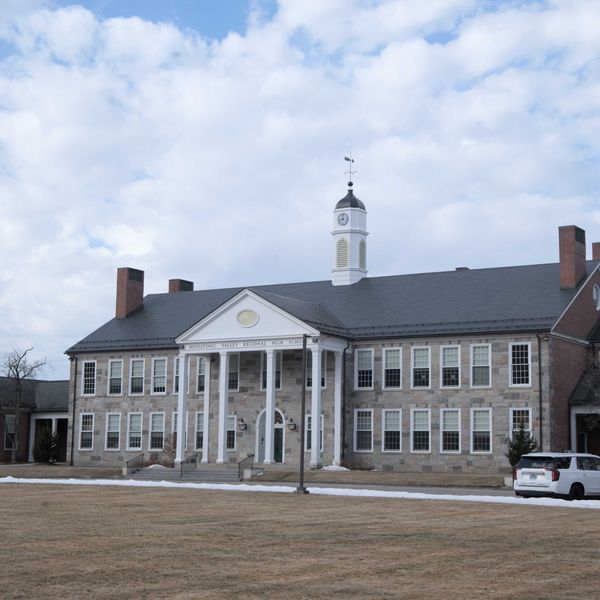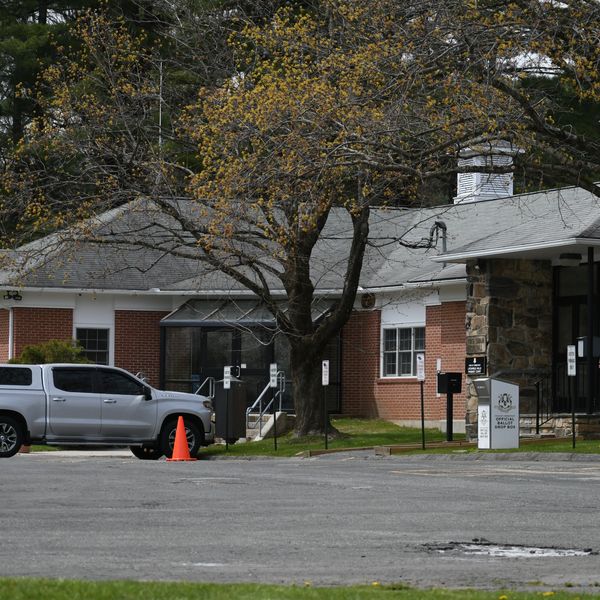Local power: Norfolk’s link to Jimmy Carter’s White House solar panels
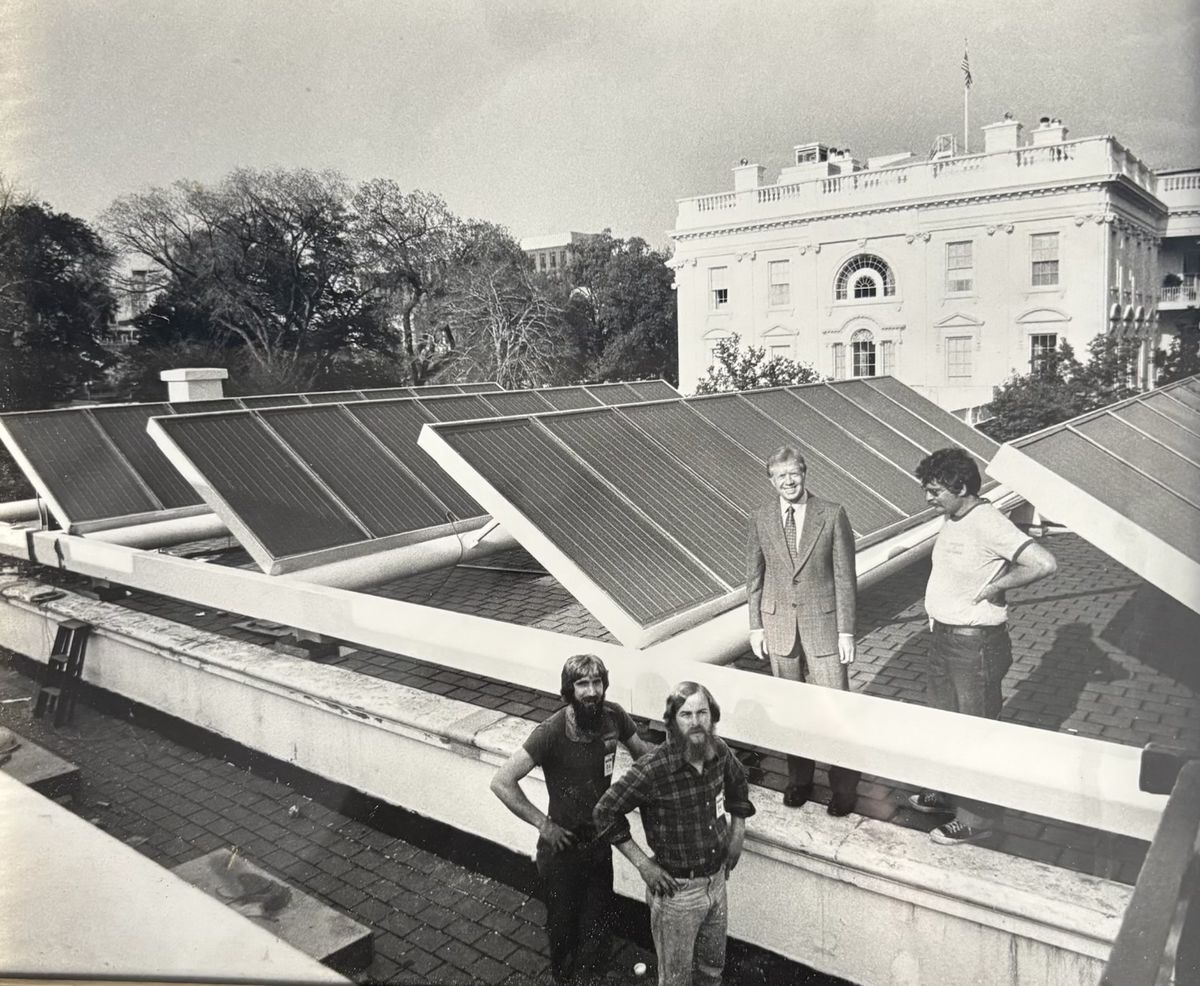
1979: President Jimmy Carter standing next to chief engineer Gordon Priess, Rick Schwolsky on the left foreground, and Ed Butler on the right, checking out the newly installed solar panels on the roof of the White House.
Photo provided by Ed Butler
 Tom Strumolo of Norfolk, founder Energy General LLC, was on the crew that installed solar panels on the roof of the White House for President Jimmy Carter in 1979.Jennifer Almquist
Tom Strumolo of Norfolk, founder Energy General LLC, was on the crew that installed solar panels on the roof of the White House for President Jimmy Carter in 1979.Jennifer Almquist First Lady Rosalynn Carter, Jim Butler (blue shirt), Ron Chick (with the hat), President Carter, Warren Herlein (with beard), Tom Strumolo (yellow shirt), Gordon Priess (sunglasses) with the newly installed solar panels on the roof of the White House in 1979.Photo provided by Tom Strumolo
First Lady Rosalynn Carter, Jim Butler (blue shirt), Ron Chick (with the hat), President Carter, Warren Herlein (with beard), Tom Strumolo (yellow shirt), Gordon Priess (sunglasses) with the newly installed solar panels on the roof of the White House in 1979.Photo provided by Tom Strumolo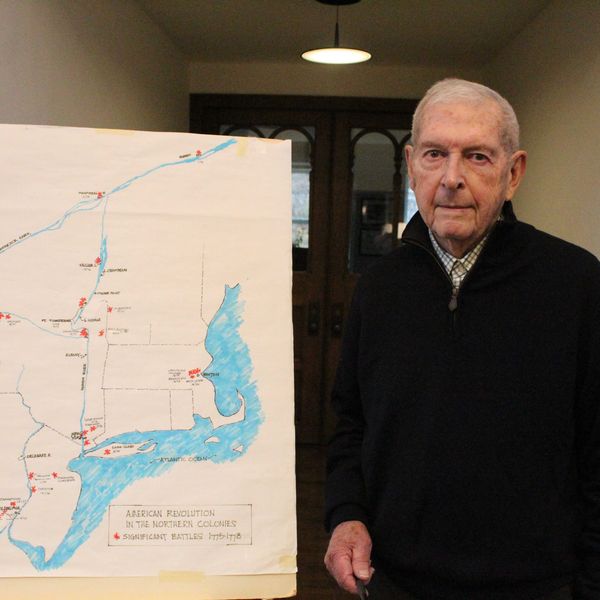
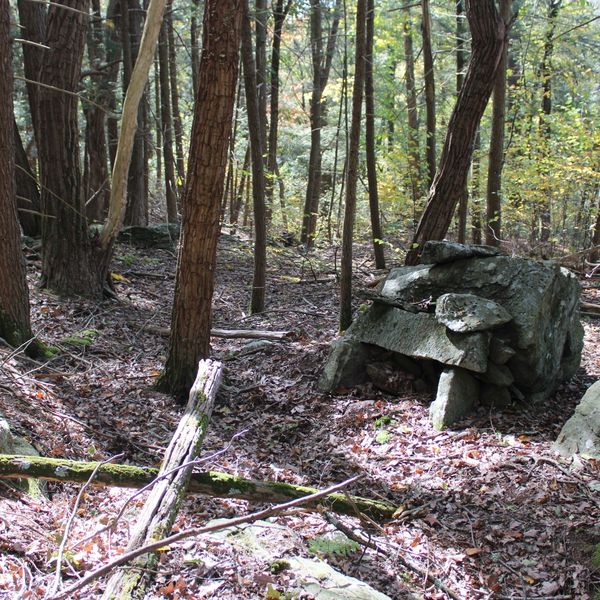
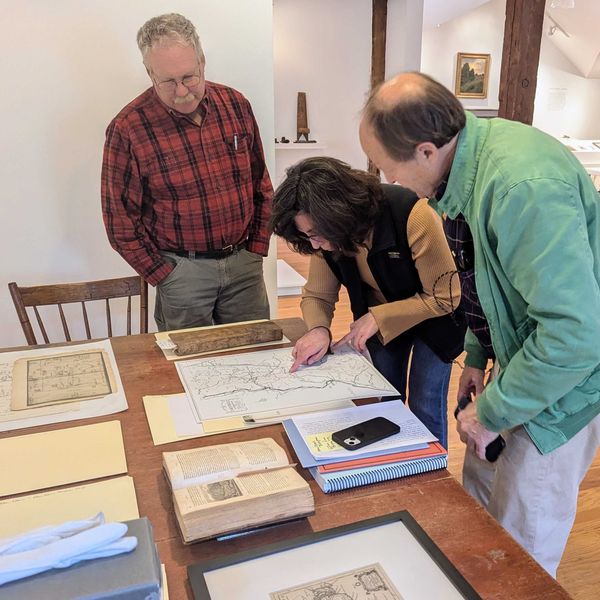


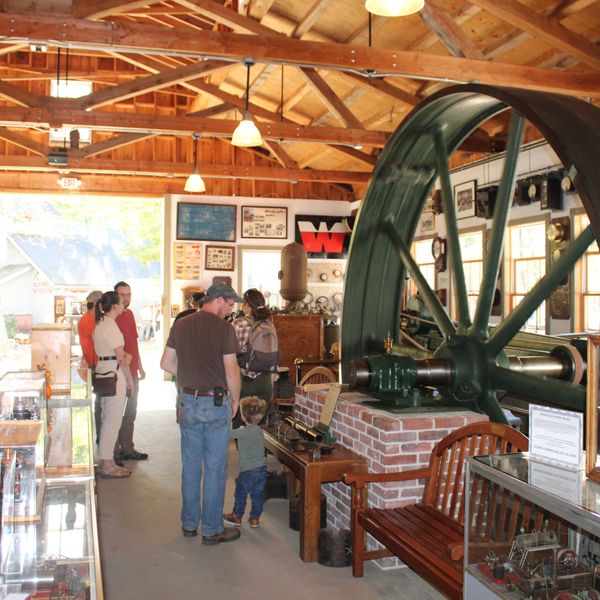
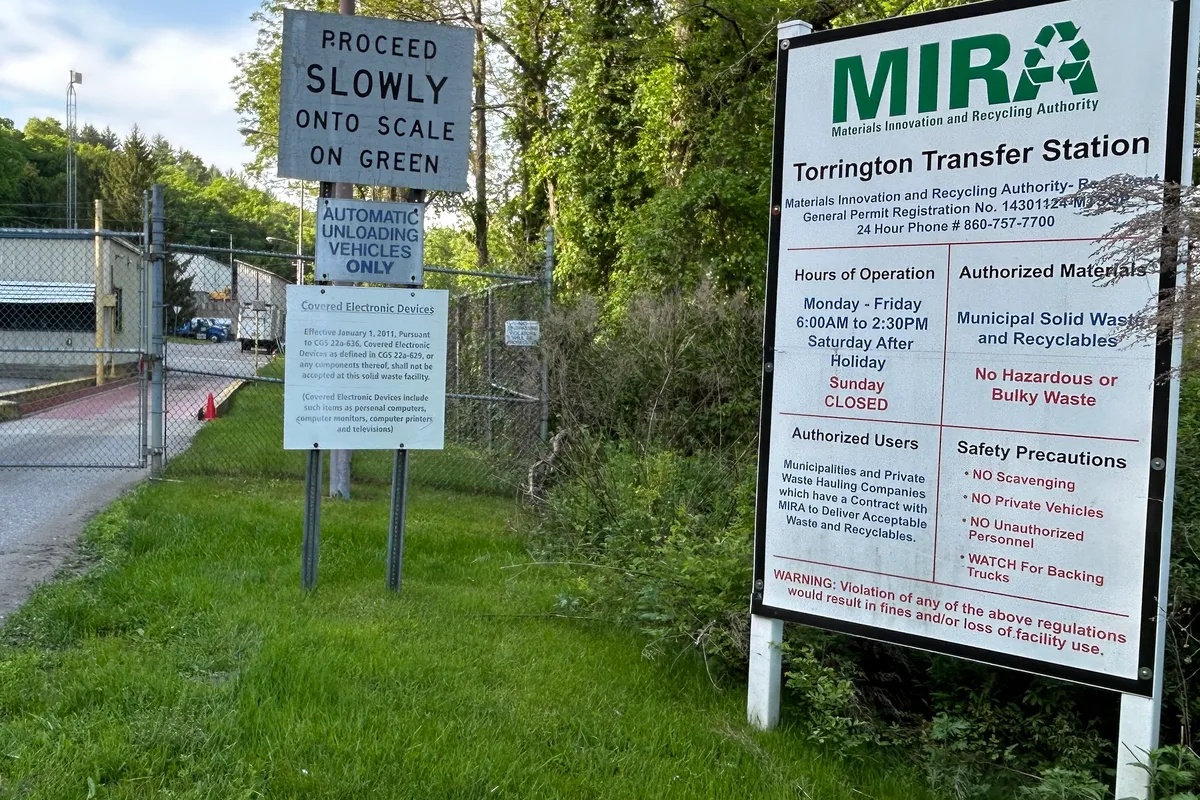

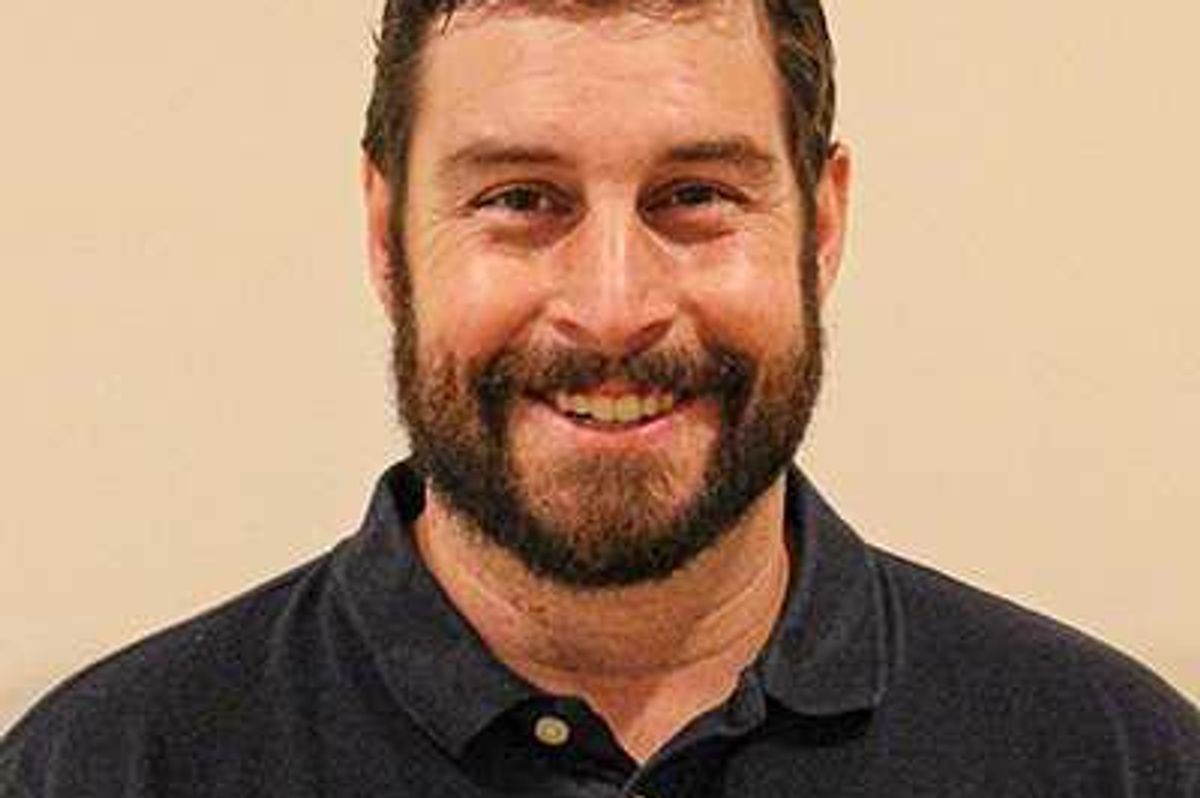

 Nick Crodelle dribbles the ball up the court during the game.
Nick Crodelle dribbles the ball up the court during the game. Anthony Labbadia
Anthony Labbadia Owen Riemer block By Riley Klein
Owen Riemer block By Riley Klein 
